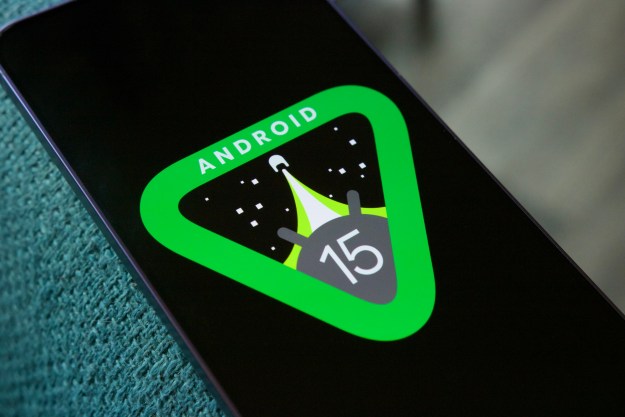Google is upgrading Android’s default messages app with support for iMessage reactions and enhanced media sharing as it tries to lure over customers from Apple’s iPhones over to Pixels and other Android phones. The new updates are rolling out this week to the U.S. and some worldwide countries.
The biggest change Google is bringing here is support for iMessage reactions, or tapbacks. While Google supports reactions between Android phones, and iPhones support reactions between iPhones, this is the first time both are being cross-compatible — kind of. iPhone users will now have their tapbacks converted to emoji on Android phones, but
Google will also now let you convert photos and videos shared by SMS to Google Photos links so that the original quality of the media content remains intact. If you were using RCS, as Google points out, you’d be able to share it in high quality.
Other features coming to the Messages app include new filters to separate messages between personal and business chats, automatic deletion of one-tie password messages, nudges to remind you to reply to that friend you left on read, customized emojis, and birthday reminders.

Google has long since wanted Apple to take on RCS messaging in its own messaging app. While that wouldn’t give Android users access to Apple’s iMessage service, it would close the gap between the “green” and “blue” bubble experiences. Google today attempted to flip the messaging *ahem* between iOS and
“When people with Android phones and iPhones message each other, not everything works the way it should. That’s because these conversations rely on SMS, an outdated messaging standard, instead of RCS, a modern, more secure industry-standard
Editors' Recommendations
- Google just announced 10 huge updates for your Android phone
- Watch Google’s 10-minute recap of its AI-filled I/O keynote
- Everything announced at Google I/O 2024
- Android phones are about to get a major iMessage feature
- How to watch Google I/O 2024


